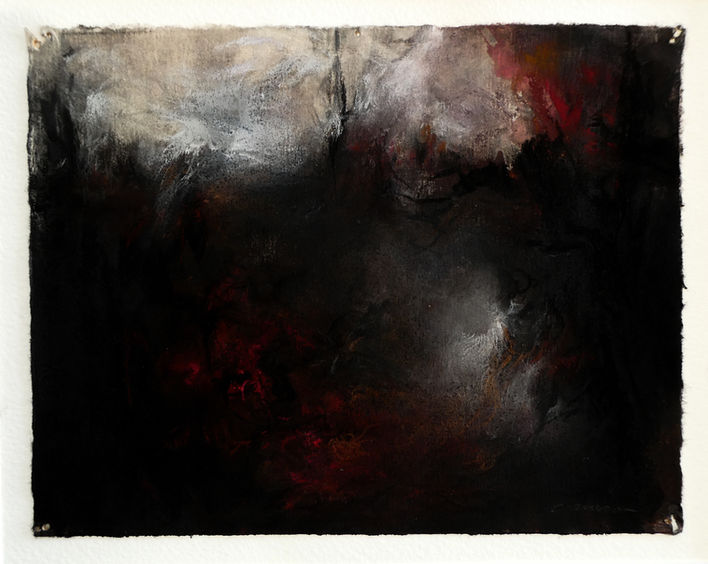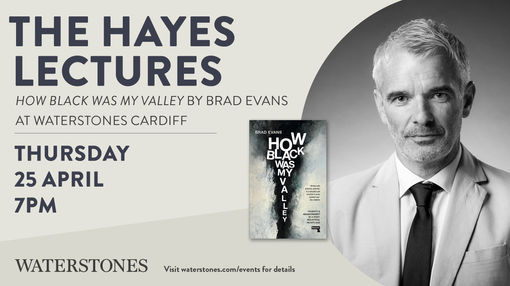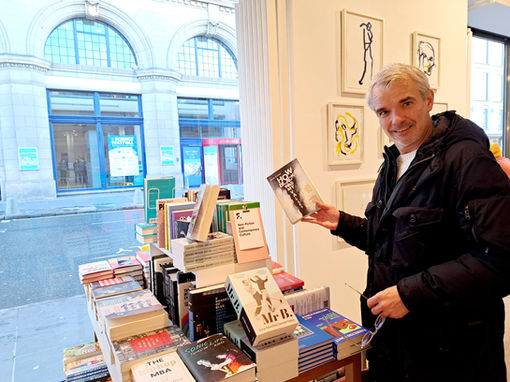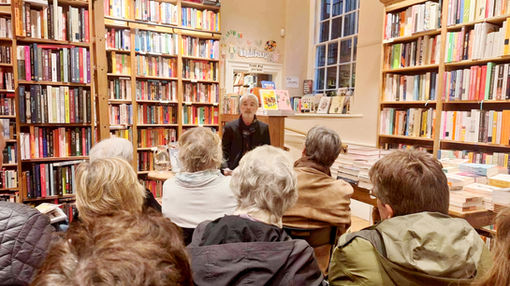
"Chantal Meza's depictions of South Wales are stunning & breathtaking"
Lord Neil Kinnock
SOLO
EXHIBITION
23 March 2024 - 11 May 2024
Born in Tecali de Herrera in Mexico, Chantal has been living and working in the United Kingdom for the past 5 years. During this time, she spent several months living in the Rhondda valleys, which became the inspiration for this series of works. As the artist noted, “while living thousands of miles away from my hometown in Mexico, I felt a strange kind of affinity, which I couldn’t really put into words. The peoples of the valleys are similar in so many ways to the peoples of Mexico. They know hardship. They know suffering. They know the weight of history. And they share a deep relationship with tragedy. But they also know the importance of dignity. So like I often feel when I am in Mexico, those communities in the mountains brought me closer to the tensions within art that reveal to us the darkness people endure, but also the passionate fire within. I have tried to do justice to this with the series, which I hope speaks to something the valleys touched within me”.

ABOUT
How Black Was My Valley is a people’s history of the former mining communities of South Wales.
Weaving together the personal with the political, it offers a damning depiction of the hardship and suffering, the tragedy and pain, as a politically abandoned people went from powering the British Empire and the Great Wars, to a broken post-industrial community, lost in time.
It travels with devastating and yet humane insight across the dark shadows of the valley’s history. In doing so, it deals with disaster and resistance; memory and landscapes of despair; the brutal past and the neglected present; hardship and poverty; unemployment and isolation; lack of opportunity and the normalisation of hopelessness; death and suffering; structural violence and everyday subjugation; onto the crises of white male subjectivity and the exponential rise in drug abuse and personal suicide, whose troubling effects can no longer be easily contained within its mountainous walls.
This is not a story of resilience. Instead, readers are taken on a journey into an open wound, whose once silent screams can no longer be ignored.


Book Presentations
BBC Radio Program
From Despair to Where? The Valleys Then, Now and in the Future
Brad Evans and Beth Winter both grew up in the Valleys and care deeply about the place. Can they agree on the scale of the challenges and breadth of possibilities that lie ahead?





Next episode
Monday 17th March, 2025.
Radio Wales from 18:30 to 19:00hrs











































